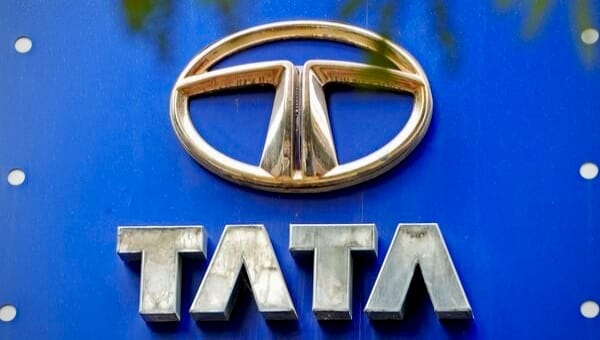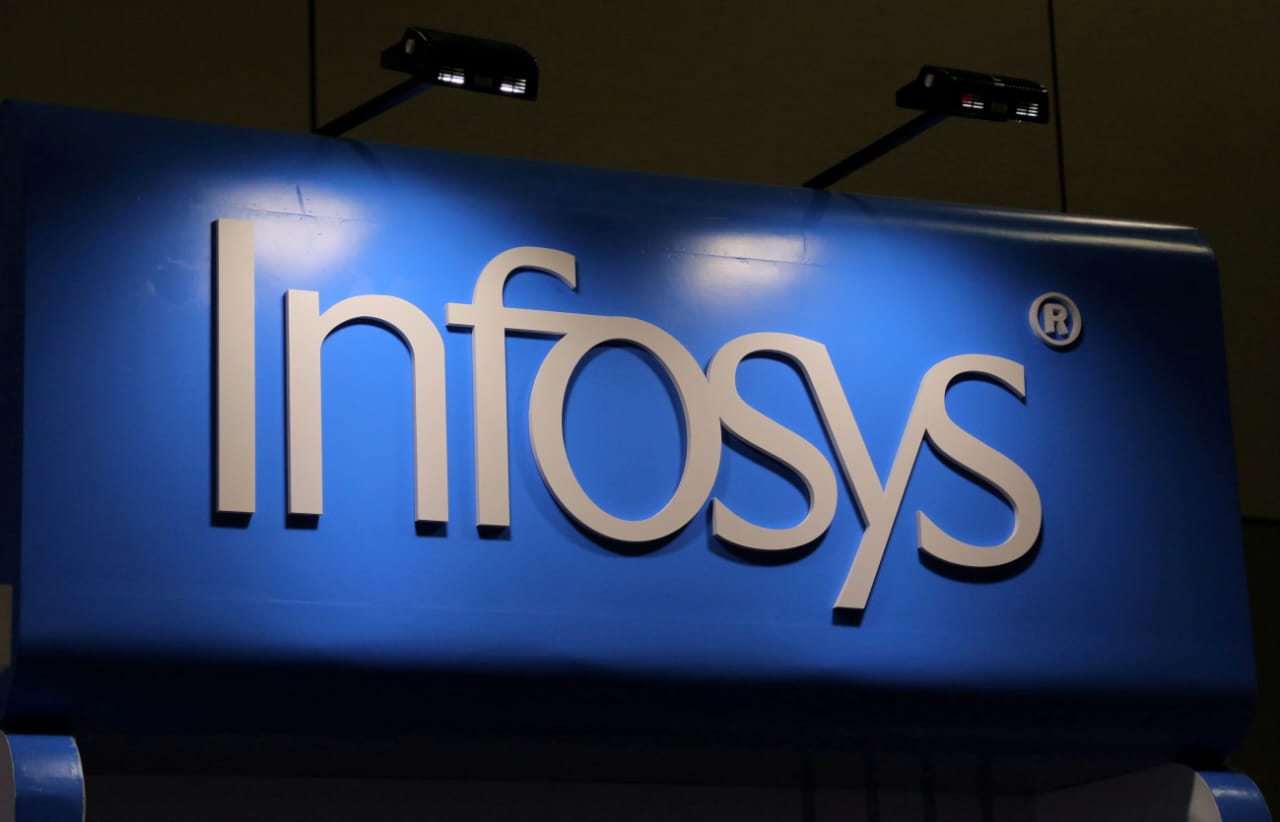
Global Demand Fuels India’s Export Sectors, Driving Market Gains
* On May 7, Nifty IT climbed 0.65% to 35,530.15 points and Nifty Auto rose 0.75% to 22,810.05, outperforming Nifty 50’s 0.51% gain.
* This targeted buying signals robust investor conviction in India’s international supply capabilities, echoing past export-led growth cycles since the 1990s.
* A stable rupee at 83.50/USD and improved global demand prospects are channeling capital into export-focused IT and auto firms, enhancing competitiveness.
* FIIs recorded $3.5 billion net inflows in early March, indicating sustained international interest and reinforcing India’s pivotal global supplier stature.
* Sustained global stability, controlled domestic inflation, and R&D investments are crucial for export momentum, despite geopolitical and market uncertainties.
While the broader Nifty 50 advanced a modest 0.51% on May 7, the Nifty IT index’s 0.65% surge, coupled with a 0.75% rise in auto shares, reflects a strategic portfolio reallocation. This selective capital deployment towards export-oriented sectors signals a nuanced shift, prioritizing global revenue streams over domestic consumption for Indian markets.
Indian equities experienced a targeted upward momentum on May 7, propelled by export-oriented sectors as investors calibrated portfolios against an improving global demand outlook. The Nifty IT index ascended to 35,530.15 points, marking a 0.65% increase, while the Nifty Auto index closed at 22,810.05 points with a 0.75% gain. Both segments distinctly outperformed the Nifty 50 index, which recorded a more modest 0.51% appreciation, closing at 22,302.50. This disaggregated performance underscores a deliberate capital allocation strategy, favoring enterprises with substantial international revenue exposure amid evolving global macroeconomic conditions.
The impetus behind this concentrated buying derives from several converging factors. “Investors are increasingly focusing on sectors that benefit from an expanding global economy, rather than solely domestic consumption,” noted Ramesh Kumar, Chief Market Strategist at Axis Securities Ltd. The recent resilience observed in developed markets, alongside the Indian rupee’s narrow trading range against the U.S. dollar, enhances the competitiveness of Indian exports. Trading at 83.50 per U.S. dollar on May 7, the rupee’s stability offers exporters predictable revenue visibility, a critical element in long-term strategic planning. This stability, complemented by projections for a gradual recovery in global trade volumes, has emboldened foreign institutional investors, who recorded net inflows of $3.5 billion into Indian equities during the first week of March 2024, reflecting sustained international interest.
Seasoned market participants, who have navigated India’s economic liberalization since the 1990s, recognize the pivotal role of export-led growth in bolstering national economic resilience. Historical precedent indicates that periods of synchronized global economic expansion often provide significant tailwinds for India’s export-oriented sectors. “The pattern echoes the early 2000s when a boom in global outsourcing powered Indian IT giants,” observed Dr. Priya Singh, Chief Economist at HDFC Bank. While the contemporary market context presents distinct characteristics, the fundamental principle of leveraging India’s cost advantages and skilled workforce for global markets remains powerfully relevant. Evidence of renewed vigor in outbound trade is apparent; India’s merchandise exports grew 4.5% year-on-year to $34.99 billion in January 2024. Furthermore, the Reserve Bank of India’s decision to maintain its key policy repo rate at 6.50% since February 2023, combating inflation that stood at 5.1% in January 2024, establishes a conducive environment for export-focused industries.
The IT sector, a cornerstone of India’s service exports, continues to benefit from persistent global demand for digital transformation, cloud computing, and artificial intelligence integration across multinational enterprises. Major IT services firms, including Tata Consultancy Services Ltd. and Infosys Ltd., have reported substantial deal wins in their latest quarterly results, indicating robust order books despite a cautious global spending environment. Concurrently, the auto sector is witnessing considerable growth, propelled by increasing demand for passenger vehicles in emerging markets and a surge in component exports. India’s automotive exports, encompassing vehicles and auto components, totaled approximately $27 billion in the fiscal year 2023, representing a substantial portion of the nation’s manufacturing output. Original equipment manufacturers are increasingly leveraging India as a manufacturing hub for global distribution, capitalizing on competitive production costs and an established supply chain, augmented by government support schemes like the Production-Linked Incentive (PLI) initiative.
“We are observing a clear shift by global clients towards reliable and cost-effective partners, which plays directly into India’s inherent strengths in both technology services and high-quality manufacturing,” commented Sanjeev Gupta, Portfolio Manager at Quantum Asset Management. The confluence of favorable currency dynamics, improving global growth projections, and robust corporate balance sheets positions these sectors attractively for long-term investors. However, the longevity of this export-led momentum hinges on sustained global economic stability, diligently controlled domestic inflation, and continued strategic investments by Indian companies into research and development. While geopolitical uncertainties and potential slowdowns in key export markets persist as challenges, the current trajectory suggests a promising outlook for India’s internationally exposed sectors, anchoring investor confidence amidst an evolving global trade landscape.








